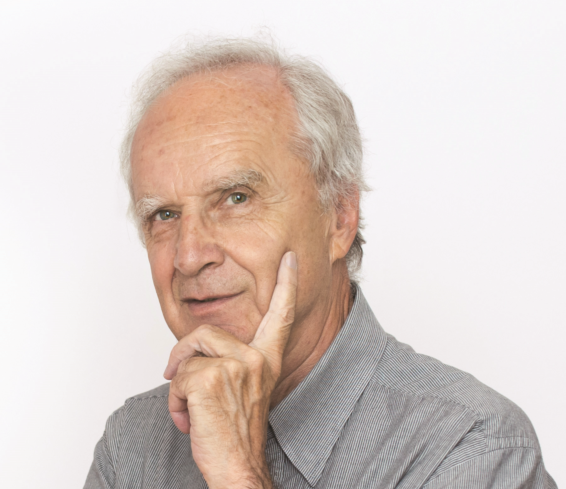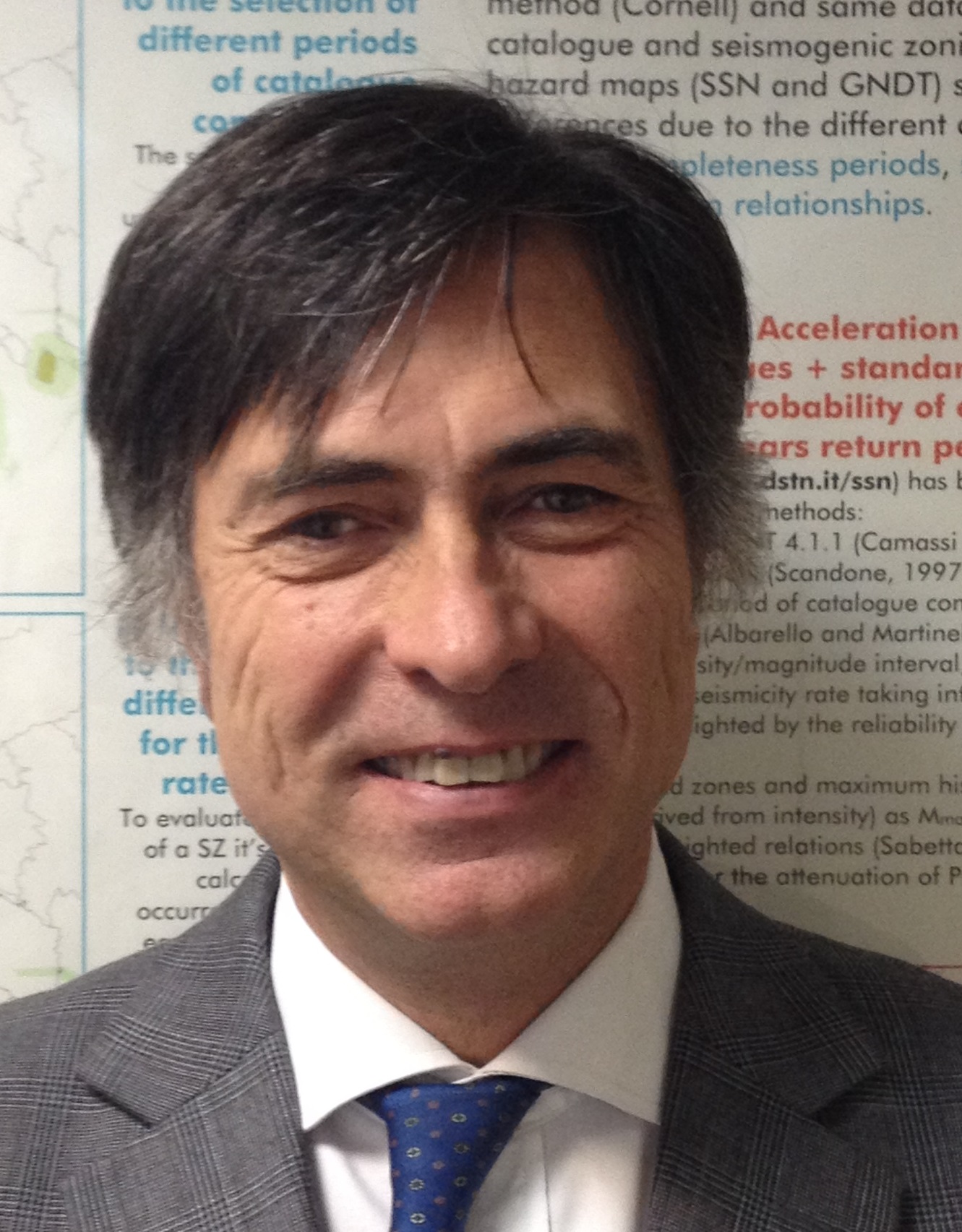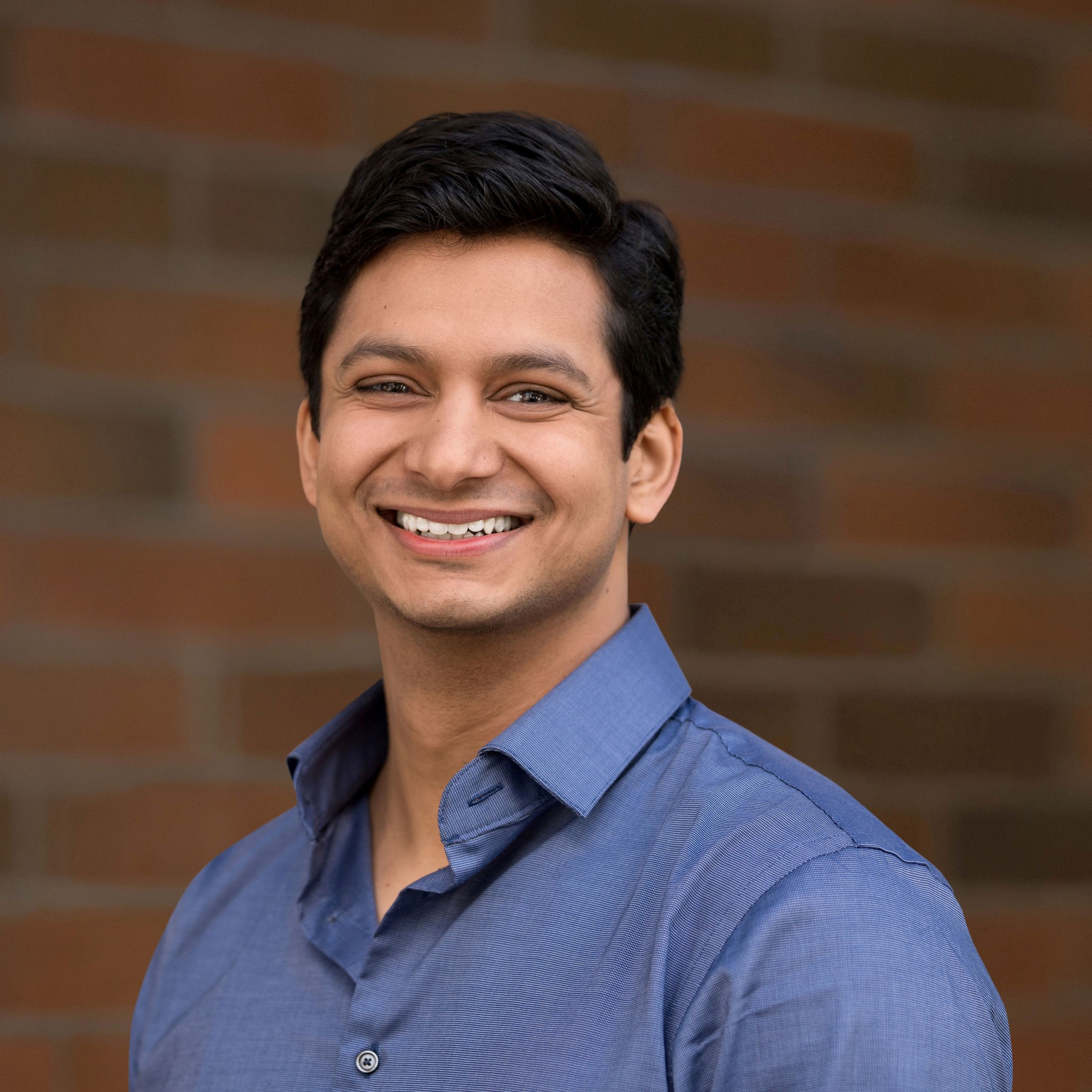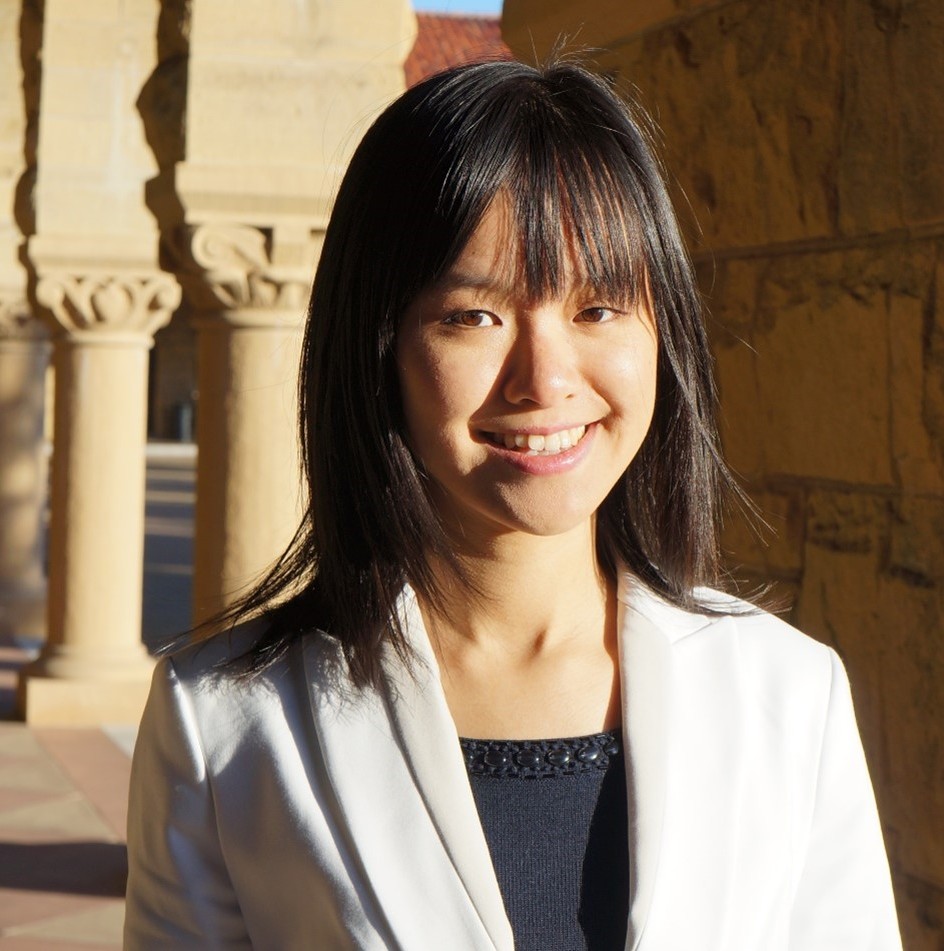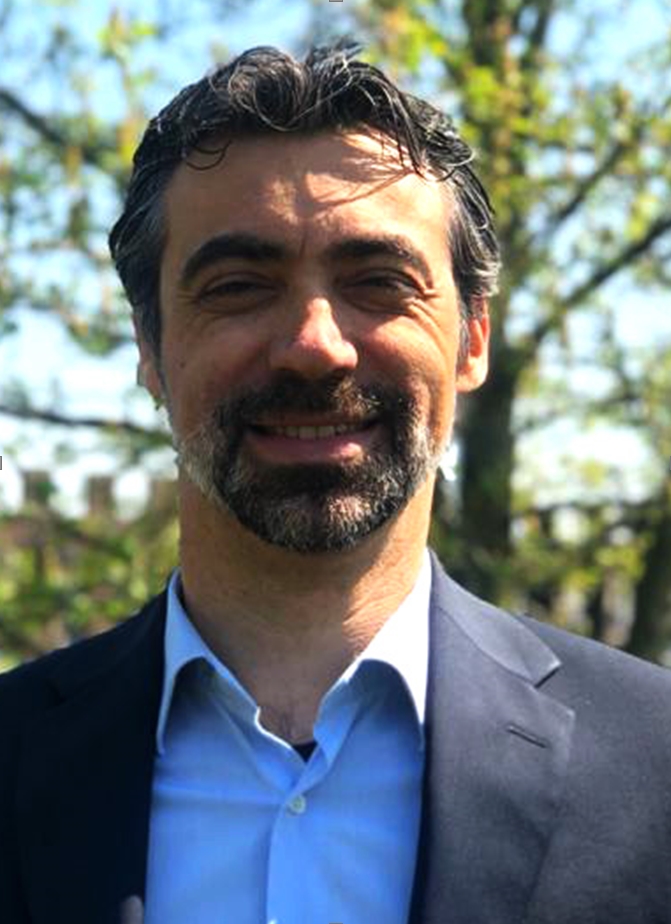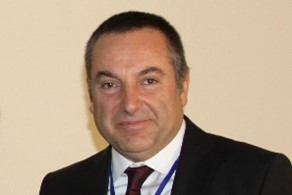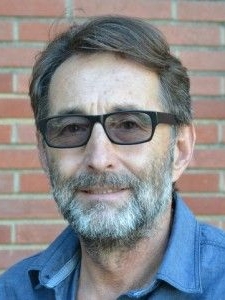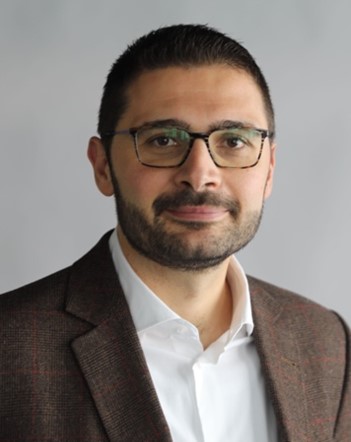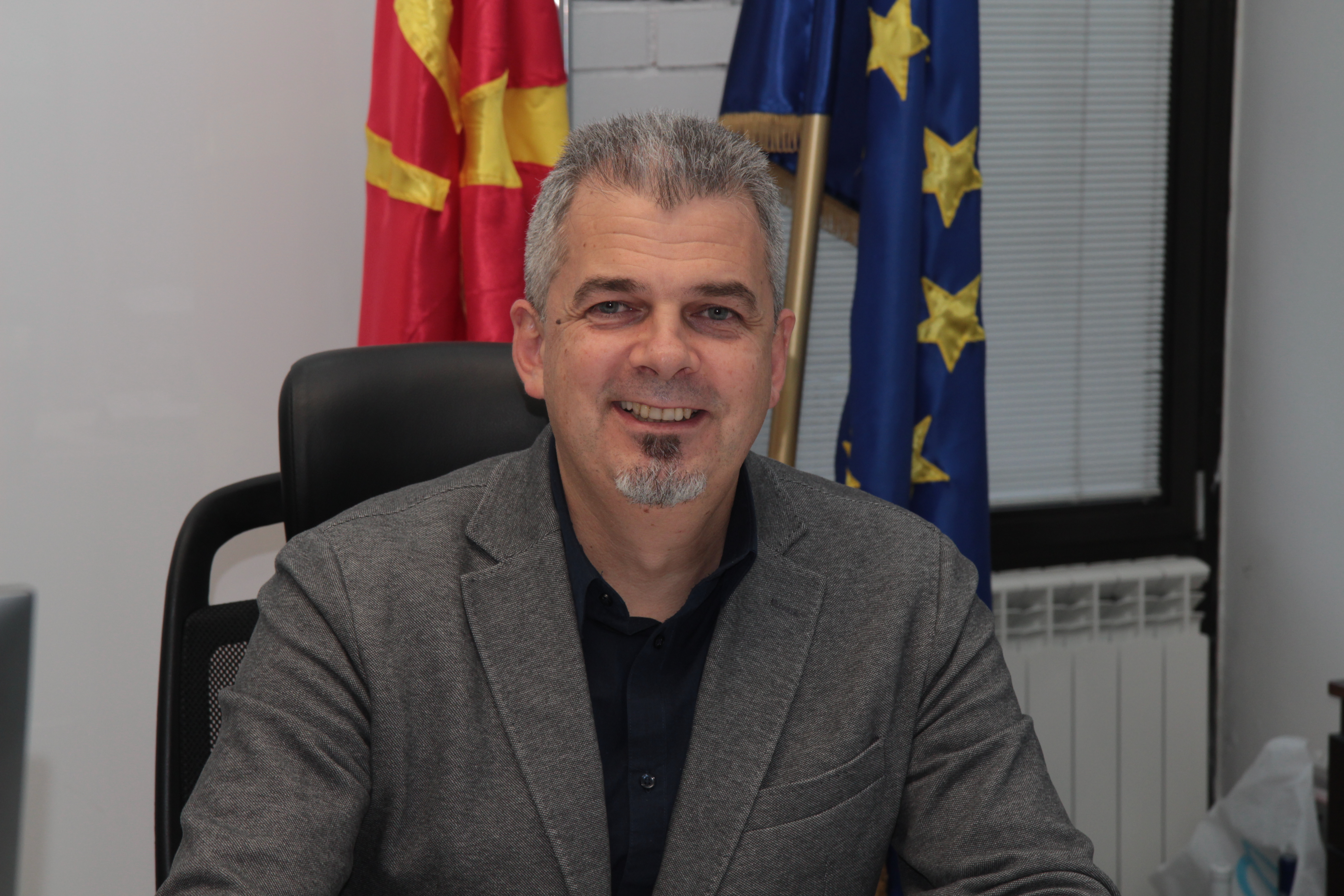|
|
Ina Cecić |
| Slovenian Environmental Agency (ARSO), Slovenia | |
“The role and importance of historical earthquakes and macroseismological studies” |
|
| Macroseismological studies of recent and especially historical earthquakes are very important, even essential – sometimes the only ones that give us information on strong events on which we base our seismic hazard estimation. Ina Cecić is a true expert in this field that studied Italian, Slovenian and Croatian earthquakes, and former President of the European Seismological Commission. | |
|
Ina Cecić is a seismologist at Slovenian Environment Agency (ARSO) in Ljubljana, Slovenia. Her main research interest is macroseismology and the use of non-instrumental methods in research of historical and contemporary earthquakes. Her special interests are historical earthquakes, the methodology of macroseismological research, as well as outreach and presentations of seismology in different media. She is actively involved in the work of European Seismological Commission, serving in different positions, from Working Group chairperson to the President (2016-2018). She is a member of Slovenian Association of Geodesy and Geophysics and Slovenian Association of Earthquake Engineering. |
|
|
|
Professor Gregory Deierlein |
| Stanford University, USA | |
“From Performance-Based Earthquake Engineering to Urban Resilience” |
|
|
Greg Deierlein is the Director of the Blume Earthquake Engineering Center at Stanford University and founding member of the Stanford Urban Resilience Initiative. He co-directs the NSF supported SimCenter of the Natural Hazards Engineering Research Infrastructure (NHERI) and is the former Deputy Director of the Pacific Earthquake Engineering Research (PEER) Center. Deierlein specializes in the seismic design and behavior of structures, computational simulation of buildings and civil infrastructure, and performance-based engineering. He is a member of the National Academy of Engineering, distinguished member of the American Society of Civil Engineers, and active in development of building code standards and policies to promote seismic resilience. |
|
|
|
Professor Peter Fajfar |
| Professor Emeritus at the Faculty of Civil Engineering and Geodesy, Slovenia | |
“Practice-oriented nonlinear seismic analysis” |
|
| Professor Fajfar is an civil engineering authority in the region, but also on a global scale, especially in the field of nonlinear computations, which will be one of the main topics in the process of building strengthening projects in Zagreb. | |
|
Peter Fajfar is Professor of Structural and Earthquake Engineering at the University of Ljubljana, Slovenia. His main research interest is seismic analysis of structures. Best known is his work on the pushover-based N2 method. He was a visiting professor at several prestigious universities, including Stanford University and one of three Editors of Earthquake Engineering and Structural Dynamics. He has been involved in the preparation of Eurocode 8 and led the implementation of this standard in Slovenia which was the first country where Eurocode 8 became compulsory. As a designer, consultant and/or reviewer, he has participated in a large number of projects for industry. He is a member of the Slovenian Academy of Sciences and Arts, of the Slovenian Academy of Engineering, of the European Academy of Sciences (Belgium), and of the US National Academy of Engineering. |
|
|
|
Dr Agostino Goretti |
| Seismic and Volcanic Risk Office, CPD, Italy | |
“For the need to build a post-earthquake rapid assessment capacity in the Balkans” |
|
|
Agostino Goretti led the MATILDA project, during which experts from Croatia were trained to damage assesment of buildings after the earthquake. Experiences from this project, together with a model based on Italian experiences, were crucial for setting up a system of a post-earthquake usability assesment of buildings in Zagreb 2020. |
|
|
Agostino Goretti, born in Rome in 1961, received his Ph.D. on Structural Engineering in 1992 from La Sapienza University of Rome. Acting as senior earthquake engineering at the Seismic Risk Office of the Italian Civil Protection Department, he has been involved in post-earthquake damage assessment, building and infrastructure seismic vulnerability assessment, national and regional plans for seismic risk mitigation. Author of more than 110 publications on national and international journals, conference proceedings or books. Contract professor from 2000 to 2008 at La Sapienza Rome University and Roma Tre University. Lecturer at L’Aquila Master Schools on Earthquake Engineering. More than 60 advanced lectures to professionals. |
|
|
|
Dr Abhineet Gupta |
| Stanford University, USA | |
“Probabilistic seismic risk and resilience assessment” |
|
|
Abhineet Gupta is the Director of Resilience Research at One Concern. He works on researching scalable methods to improve the understanding and increase the resilience of communities and businesses before, during and after disasters through machine learning and GIS technologies. He has also worked as a structural design engineer at Magnusson Klemencic Associates in Seattle and designed buildings in the US and India. Abhineet graduated from Stanford University in 2017 with a master’s and PhD in earthquake engineering and PhD minor in Computer Science with a focus on artificial intelligence. For his PhD, he developed the tools to evaluate seismic risk from man made earthquakes in regions like Oklahoma. He has a B.Tech. in Civil Engineering from IIT Kharagpur. |
|
|
|
Professor Marijan Herak |
| Faculty of Science, University of Zagreb, Croatia | |
“110 years of engineering seismology and earthquake engineering in Croatia” |
|
| Marijan Herak is a pilar of Croatian seismology in the last few decades with broad interests – engineering seismology is one of them. He is the lead author of the Croatian seismic hazard map, and many microzonation and seismic hazard scientific and expert studies. | |
|
Marijan Herak is the tenured full professor at the Department of Geophysics, Faculty of Science, University of Zagreb. Seismologist by vocation, in his career he dealt with numerous facets of observational and theoretical seismology. His main interests include earthquake location and quantification, seismicity of Croatia including historical seismicity, studies of seismic wave attenuation, seismic anisotropy, inversion of the structure of the crust and the mantle, history of seismology, and studies related to many aspects of engineering seismology and earthquake engineering (e.g. strong-motion attenuation relations, soil amplification, microzonation, response of buildings to earthquake shaking, ...). Prof. Herak so far published 82 papers in the international peer-reviewed journals, and several tens of studies for industry. He also (co)authored dozens of computer programs for various analyses of seismological data, and is the principal author of the current Croatian Earthquake Hazard Map. He organized a number of international meetings and workshops, and participated in over 20 international and domestic research projects (in over half of them in the role of principal investigator or the leader of the Croatian team). M. Herak is the Croatian representative in the European Seismological Commission, and an associate member of the Croatian Academy of Science and Arts. In 2016 he was presented the Andrija Mohorovičić award of the Zagreb University. |
|
|
|
Professor Ting Lin |
| Texas Tech University, USA | |
“Multi-Hazard Sustainability (HazSus): From Earthquake to Climate Science and Engineering” |
|
|
Ting Lin is the Director of the Multi-Hazard Sustainability Research Group at Texas Tech University and Faculty Affiliate of the National Wind Institute (NWI) and Climate Center. She is the Committee Chair on Advances in Information Technology under the American Society of Civil Engineers Structural Engineering Institute (SEI), and has served on the Board of Governors Level Task Committee and as Co-Author on Confirmation & Update of SEI Vision for the Future. Her roles include Worldwatch Institute Delegate to the 2009 United Nations Climate Change Conference, Delegate to the 2018 US-Japan Cooperative Program in Natural Resources (UJNR) Panel on Earthquake Research, Host and Co-Chair of the German-US Infrastructure Resilience Workshop in 2019, and Planning Committee Member of the Inaugural 2017 National Academies of Sciences, Engineering, and Medicine (NASEM) Policy and Global Affairs Resilient Technology Workshop (NASEM, 2020). |
|
|
|
Professor Paulo B. Lourenco |
|
Institute for Sustainability and Innovation in Structural Engineering (ISISE), |
|
“Monuments and historic buildings: Applications and challenges in structural engineering” |
|
| Paulo B. Lourenco is a world authority in the field of masonry structures who, with his invaluable experience, can contribute to laying a quality foundation for the design of masonry buildings in Croatia. | |
|
Paulo B. Lourenço is Full Professor at the Department of Civil Engineering, University of Minho, Guimarães, Portugal since 2006. He is experienced in the fields of non-destructive testing, advanced experimental and numerical techniques, innovative repair and strengthening techniques, earthquake engineering, and structural masonry. He is a specialist in structural conservation and forensic engineering, with work on more than one hundred monuments and existing buildings. He has been just awarded an Advanced ERC Grant of 3.0 M€ to develop an integrated seismic assessment approach for heritage buildings. |
|
|
|
Dr Paolo Morandi |
| University of Pavia & Eucentre, Italy | |
“Seismic assessment of brick URM buildings: latest findings and future perspectives” |
|
| Paolo Morandi, along with several other colleagues from Italy, in the first weeks after the earthquake was the backbone for every question, advice, and knowledge transfer which was invaluable in those moments of crisis. | |
|
Dr Paolo Morandi is senior researcher at the EUCENTRE Foundation of Pavia. He obtained his PhD and MSc degree in Earthquake Engineering and the National Academic Qualification as Associate Professor in Structural Engineering. His main scientific and professional interests are in field of the seismic engineering and structural design and assessment of masonry and rc buildings. He was involved in several research projects funded by the EU and by the industry on experimental and numerical studies on the seismic response of masonry buildings and infills. He is author of about 100 papers on journals and conference proceedings. He is co-author of a program for seismic design and assessment of masonry buildings (SAMII-Pro_SAM) and co-inventor of an innovative seismic-resisting masonry infill system with sliding joints. He is actively contributing to the revision of the Italian structural norms, and of the new generation of Eurocode 6 and Eurocode 8 on masonry buildings and infills as member in different Committees. He was involved, as team responsible and trainer, at the surveys of damage and usability after the main seismic events in Italy in the last 15 years, mainly focusing on the strategic and relevant buildings and monuments. |
|
|
|
Professor Kyriazis Pitilakis |
| Aristotle University of Thessaloniki, Greece The president of European Association for Earthquake Engineering |
|
“Site effects, site classification and intensity dependent amplification site factors in view of the ongoing revision of EC8” |
|
| Professor Kyriazis Pitilakis as an undisputed authority in the field of seismic engineering will highlight the topic of soil research, and as president of the European Association for seismic engineering can certainly contribute to the plan to establish a new tradition (strategy) in Croatia. | |
|
Professor Kyriazis Pitilakis has more than forty years of intensive academic, research and professional experience in civil, earthquake and geotechnical engineering. President of the European Association of Earthquake Engineering (EAEE) (www.eaee.org), exChairman of the Technical Committee “Geotechnical Earthquake Engineering and Associated Problems” (TC203) of the International Society of Soil Mechanics and Geotechnical Engineering (ISSMGE), and past President of the Greek Society of Earthquake Engineering. He is presently Professor Emeritus in Aristotle University, Thessaloniki, Greece and since 2019 visiting Professor in Tongji University, ILEE, Shanghai, China . Author of more than 600 scientific papers (h-factor 49) published in peer review scientific journals, and conference proceedings, author and co-author in several books, editor of four books published in Springer Editions, all in relevant subjects of earthquake engineering, seismic risk and geotechnical earthquake engineering. Professor Kyriazis Pitilakis is founder and coordinator of EUROSEISTEST (http://euroseisdb.civil.auth.gr/), a large scale experimental facility in earthquake engineering, soil dynamics and engineering seismology that is unique in Europe and worldwide. He supervised more that 30 PhD thesis and numerous of his students hold academic positions in Greece and worldwide. |
|
|
|
Professor Neritan Shkodrani |
|
Polytechnic University of Tirana, Albania |
|
“Engineering characteristics of ground shaking and some aspects of soil liquefaction during Durres earthquake” |
|
| Neritan Shkodrani is the dean of the Polytechnic University of Tirana at the time of the 2019 devastating earthquake. The experiences from Albania are closely linked to Croatia, which can be of great help in the reconstruction process. | |
|
Prof. Neritan Shkodrani has been the Head of Department of Civil Engineering, at Civil Engineering Faculty, Polytechnic University of Tirana, Albania, from 2008 to 2014 and actually is the Dean of Civil Engineering Faculty, Polytechnic University of Tirana, Albania. He obtained his BSc and MSc. (Eng.) at Polytechnic University of Tirana, Faculty of Civil Engineering and a Master of "Earthquake Disaster Mitigation" at National Graduated Institute for Policy Studies (GRIPS), Tokyo, Japan. In 2008 he obtained the Doctor of Sciences Degree at Polytechnic University of Tirana, Faculty of Civil Engineering. Mr. Shkodrani became involved in several important civil and geotechnical projects and a major part of his works is related to interpretation of in situ testing methods and direct application of the results in several geotechnical calculations. From 2014 deeply involved with CPT test, including investigations in site and interpretation of test results. Chair and co-chair of some International Conferences and Symposiums organized in Tirana, and also member of editorial board of some national and international journals in the field of civil engineering. He has over 30 years of experience in teaching Soils Mechanics and Foundation Engineering. From 2014 a Member of British Geotechnical Association (BGA). |
|
|
|
Dr Vitor Silva |
| University of Aveiro, Portugal GEM & Eucentre, Italy |
|
“The Potential Impact of Earthquakes in the Global COVID19 Pandemic” |
|
| Vitor Silva, together with Helen Crowley, in a multi-year collaboration before the earthquake, helped change the view of earthquake risk in Croatia and opened the door to the European model of seismic risk. | |
|
Vitor Silva is the Risk Coordinator at the Global Earthquake Model (GEM) Foundation and an Associate Professor at the University Fernando Pessoa at Porto, Portugal. He has coordinated several regional and international projects involving tens of partners from the scientific community, governmental organizations and the private sector, that resulted in multi-hazard models for vulnerability and risk assessment in regions such as Latin America, Middle East, Europe and Eastern Sub-Saharan Africa. He has led the development of the global seismic risk model released in December 2018 by GEM. His contributions have been recognized with awards from the Earthquake Engineering Research Institute, the European Geosciences Union and the Portuguese Society of Earthquake Engineering. He has published more than 100 articles in peer-reviewed journals and conference proceedings, he is an associated editor for the earthquake spectra journal, and serves in the scientific advisory board of international projects and PhD programmes. |
|
|
|
Prof Mladen Vučetić |
| Department of Civil and Environmental Engineering University of California, Los Angeles (UCLA) |
|
“Critical review of the cyclic soil behavior and the input soil parameters and relationships for the seismic site response analyses and evaluation of liquefaction” |
|
| Professor Vucetic is a worldwide-recognized expert in the field of geotechnical earthquake engineering and soil dynamics who made significant contributions in the area of the cyclic and dynamic characterization of soils for seismic site response analyses and liquefaction. His research group recently discovered a fundamental aspect of the cyclic behavior of saturated sands that can advance understanding, analyses and prediction of liquefaction. | |
|
Mladen Vucetic is Professor Emeritus and Research Professor at the Department of Civil and Environmental Engineering, University of California, Los Angeles (UCLA). He received Msc in 1981 from Faculty of Civil Engineering, University of Zagreb, and his PhD in 1986 from Rensselaer Polytechnic Institute, New York. Before coming to UCLA he worked at the Civil Engineering Institute in Zagreb, Norwegian Geotechnical Institute (NGI) in Oslo, and Clarkson University in Postdam, New York. The main focus of his research has been the cyclic and dynamic behavior of soils. He also made contributions in the area of nonlinear seismic response of liquefiable deposits, behavior of soil-nailed excavations due to earthquake loads and development of geotechnical site databases for seismic microzoning using GIS. He taught courses on soil mechanics, geotechnical engineering, soil laboratory testing, strength of materials, soil dynamics, structural dynamics and geotechnical earthquake engineering. He authored and co-authored 6 state-of-the-art or invited papers, 32 journal papers, 40 conference papers, and more than 40 research reports. |
|
|
|
Associate Prof Dimitrios G. Lignos |
| École Polytechnique Féderale de Lausanne (EPFL), Switzerland | |
“Advancing the seismic performance of steel moment resisting frames through physical testing and simulation” |
|
|
Prof. Lignos’s research involves integrated computational modeling and large-scale experimentation for the fundamental understanding and simulating of structural collapse of steel structures. Prof. Lignos joined the École Polytechnique Fédérale de Lausanne (EPFL) in 2016 from McGill University, Canada, where he was a tenured Associated Professor in the Department of Civil Engineering and Applied Mechanics. Prior to that he was a post-doctoral researcher at Kyoto University (2010) and Stanford University (2009). He has degrees in Structural Engineering (Stanford University, M.S. 2004, Ph.D. 2008) and Civil Engineering (NTU, Athens, 5-year Diploma 2003). His awards include the 2019 Walter L. Huber Prize from American Society of Civil Engineers (ASCE) and the 2013 State-of-the-art of Civil Engineering Award from ASCE. |
|
|
|
Vlatko Sesov |
“ Experimental investigation on seismic performance of pile foundation” |
|
|
Prof. D-r Vlatko Sesov, is Professor of Earthquake Geotechnical Engineering. He has over 25 years of relevant experience in the area of soil dynamics, liquefaction and its remediation, local site effects, seismic zonation, physical modelling and model testing. Prof. Sesov has vast international experience , he was doctoral and postdoctoral researcher at the University of Tokyo, Japan (2003 - 2005), visiting professor at the Ruhr University, Bochum, Germany (2008 - 2009), Fulbright Scholar at University of California, Davis (2013-14) and professor at ROSE School , University of Pavia (2020). He is former President of Macedonian Geotechnical Society , member of Technical Committee (TC203) Earthquake Geotechnical Engineering and Associated Problems of the International Society for Soil Mechanics and Geotechnical Engineering - ISSMGE and National delegate for Technical Committee TC 250 Eurocodes. He was national coordinator of DG-ECHO project: INFRA-NAT – Increased Resilience of Critical Infrastructure to Natural and Human-Induced Hazards (2018-2019) and coordinator of Comprehensive RISk assessment of basic services and transport InfraStructure – CRISIS (2020-22). |
|



